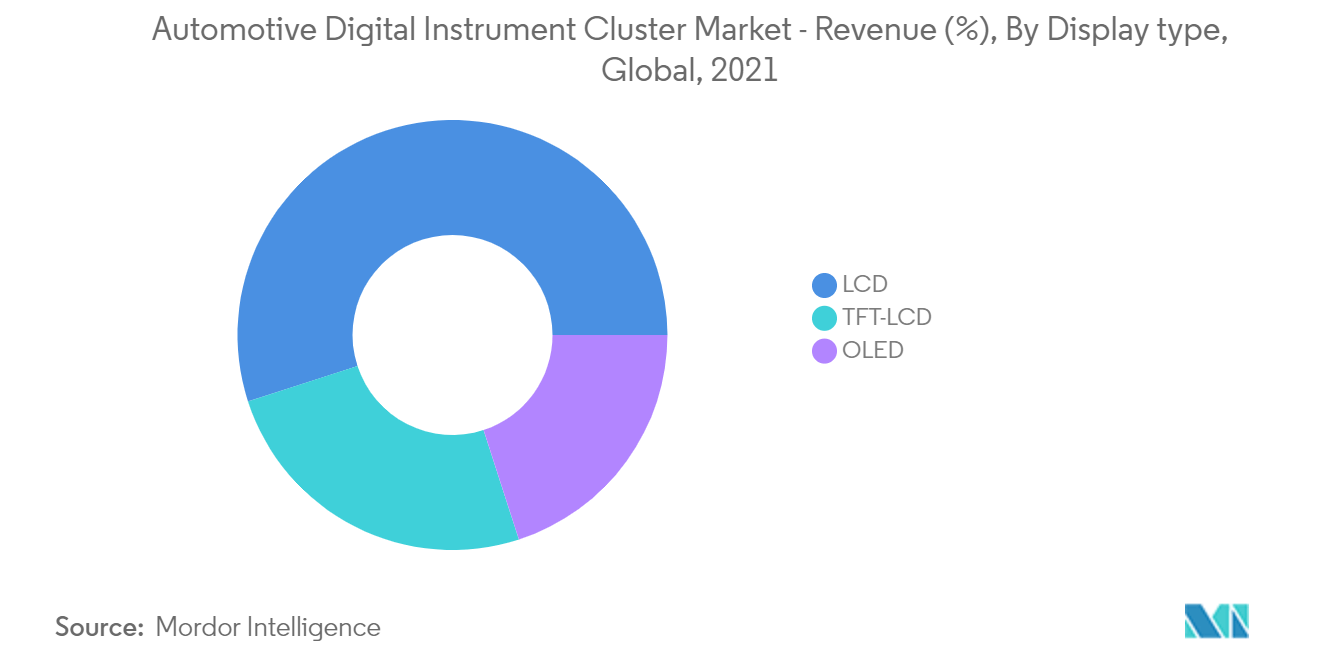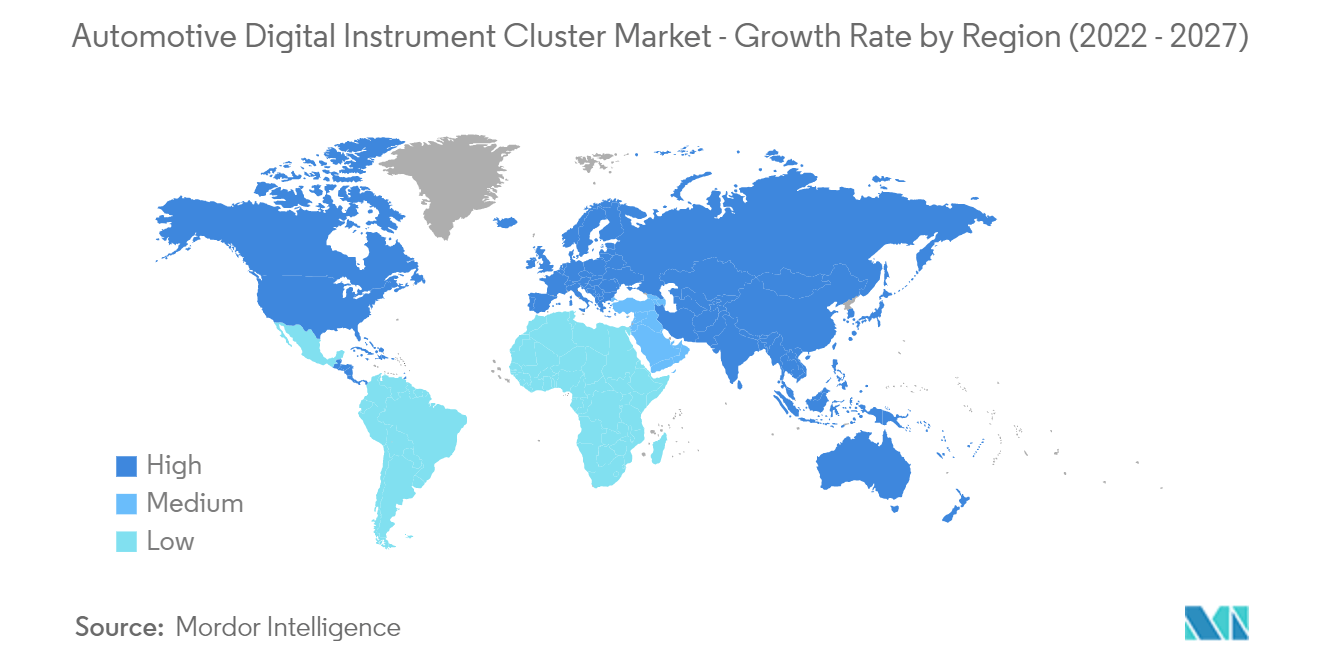Market Trends of Automotive Digital Instrument Cluster Industry
This section covers the major market trends shaping the Automotive Digital Instrument Cluster Market according to our research experts:
3D Cockpit Expected to be the Future of the Automotive Digital Instrument Cluster Market
Leading automotive digital instrument cluster manufacturers are developing new technologies to make the driver experience safer and more informative.
The 3D instrument cluster displays 3D images without requiring any specific 3D glasses. In addition, The 3D instrument cluster system uses advanced camera technology to monitor the driver's line of sight and further help him display three-dimensional scales, objects, and pointers.
This 3D instrument cluster shall help advance the vehicles and drivers' safe during vehicle dynamics by creating a whole new level of human-machine interaction. This cluster can also work as an infotainment system for showcasing HD movies during standalone vehicle time.
Display manufacturers are increasing the depth of the image in digital clusters, enabling 3-D effects for a more interactive experience. For instance,
- Genesis launched its 2022 G70 equipped with a 12.3-inch digital instrument cluster placed on the driver's front side, giving a unique 3D effect.
- Continental AG has developed an innovative natural 3D light field instrument cluster for Genesis GV80; as the name suggests, it brings the third dimension into upcoming vehicles' displays. The new technology will make the driver experience safer, more comfortable, and intuitive.
- Visteon Corporation launched the digital instrument cluster for PEUGEOT 208. PEUGEOT's unique 3D i-Cockpit comes equipped with two TFTs, which provide graphical content with 3D animations and content on both screens.

Asia-Pacific the Fastest Growing Market
The Asia-Pacific region is the largest automobile producer in the world. China, India, and Japan are the major economies in the regional market that are anticipated to grow faster in the global market. Automobiles have an increasing demand for enhanced safety, comfort, and convenience features. OEMs are increasingly introducing advanced infotainment systems, telematics, gesture control systems, and central vehicle controllers.
COVID occurred in China has increasing created difficulty for market participants and put downward pressure on the Chinese economy. The automotive industry and supply chain also underwent the most demanding tests in history. In addition, some key automakers stopped production and had major logistics obstacles leading to the collapse of delivery capacity. Furthermore, the COVID pandemic significantly reduced the overall purchasing power and consumer confidence. Although the recovery has been followed with time, the market is still facing challenges due to the pandemic.
In April 2022, Chinese passenger car production reached 996,000 units, with sales registering 965,000 units. This accounts for the downfall of 41.9% and 43.4% respectively in production and sales compared to the previous year. In 2022, from January to April, passenger car production decreased by 2.6% year-on-year, registering 6,494 million units.
The automotive digital instrument cluster manufacturers are partnering with other market participants to develop next-generation smart instrument clusters for their future vehicles. For instance,
- DENSO Corporation announced that it is developing next-generation cockpit systems in a joint effort with Qualcomm Technologies Inc. The company's primary focus is to enhance Harmony Core 4 integrated cockpit system, which can coordinate with external cloud services and new HMI products.
- Panasonic developed an advanced cockpit concept, which features multiple displays and touchless operations. The innovative electronic cockpit solution combines the digital instrument cluster with other shows to use HMI continuously.


